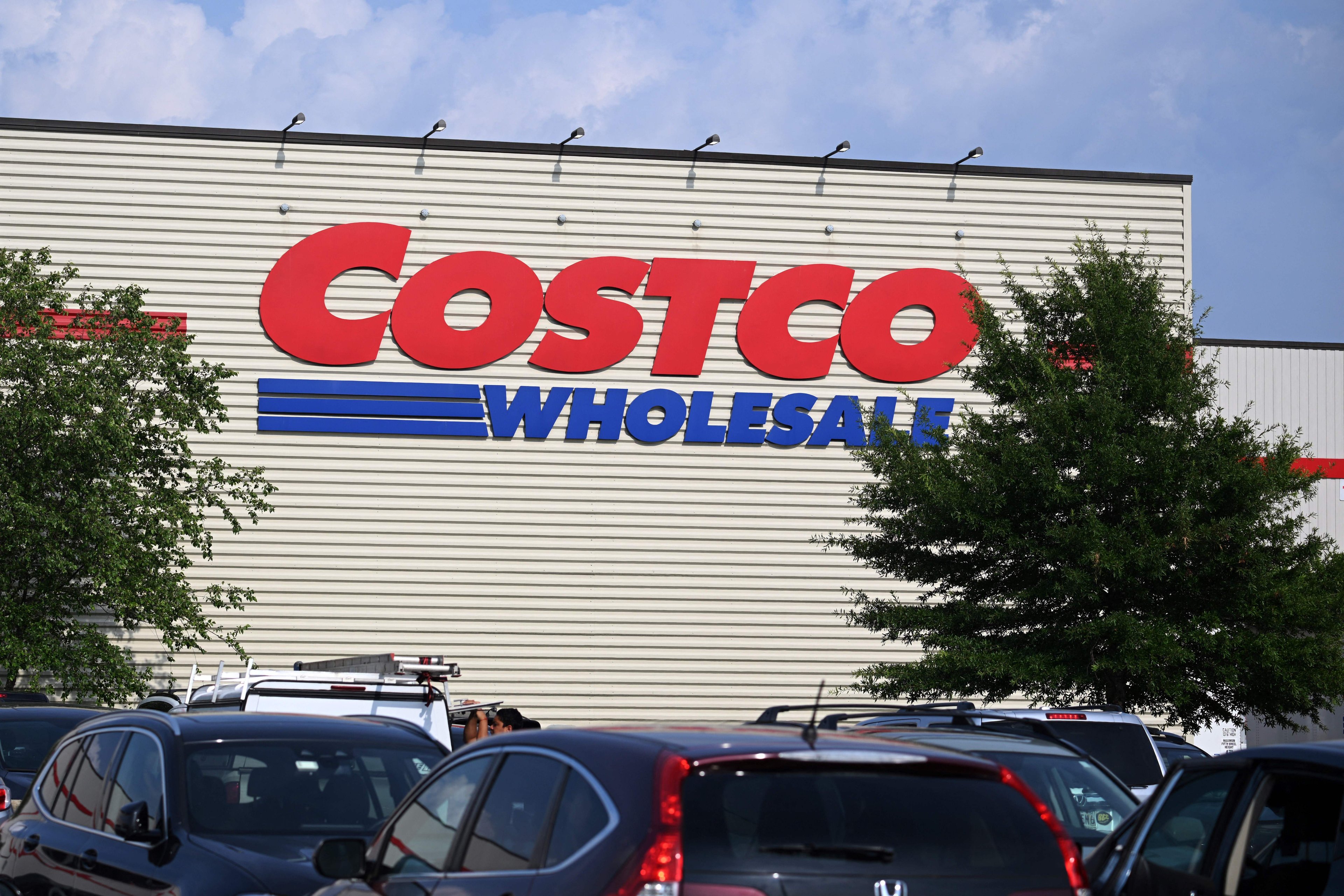Costco (COST +0.78%) recently wrapped up a banner fiscal year. Its annual sales rose 8% to nearly $150 billion, cementing its status as the world's second-largest retailer. Earnings landed at $3.7 billion, or 17% higher than last year. That positive trend makes the warehouse giant's stand out even more against peers like Target (TGT +0.14%) and Walmart (WMT +0.42%), which are delivering flat profitability these days.
Following the release of the earnings report, CFO Richard Galanti held a conference call with analysts to put those numbers into perspective as Costco looks ahead to what will likely be a record-setting fiscal 2020.
Let's look at a few of the key metrics discussed in that presentation.

Image source: Getty Images.
Rebounding traffic
Thanks to Costco's practice of releasing monthly revenue results, investors already had a fair sense that its sales growth for the fiscal fourth quarter, which ended Sept. 1, would be robust. It was: Adjusted comparable-store sales increased by 5.1% in the core U.S. market -- roughly even with Q3's 5.2% boost. That figure compares favorably with Walmart's 2.8% comps increase and the 3.4% uptick that Target just reported.
More importantly, Costco's customer traffic growth accelerated slightly, increasing by 3.6% compared to 3.4% last quarter and 6% in the prior quarter. The uptick suggests Galanti was correct back in May when he suggested the third-quarter drop was just a temporary deceleration rather than the start of a long-term trend. In other words, Costco's value proposition looks as strong as ever.
Record renewals
Costco's membership renewal rates had been improving for more than a year, and that continued in the fourth quarter. Among those whose memberships were expiring, 90.9% in the U.S. chose to renew them, as well as 88.4% of its customers worldwide. Each of those figures is a record for the warehouse club, which earns most of its profits from those annual fees rather than product sales.
Costco added 1.3 million net new cardholders, bringing its membership rolls to 98.5 million. That increase was helped along by the addition of eight new stores in the U.S., one in the U.K., and one in China. The China opening was especially noteworthy since it was Costco's first foray into that massive market. Demand was so strong that new memberships have already crossed 200,000 -- triple the average subscriber base for a Costco store in the U.S. The retailer is taking a deliberate approach to expansion in China, planning to open its second location there in early 2021.
Spending plans
Costco spent $3 billion on capital investments for the year, including the funds it put toward its push to offer faster home delivery on a wider assortment of its products. Similar efforts to enhance their multichannel operations have been eating into profitability for both Walmart and Target in recent years, but you'd have to strain to see a negative impact on the bottom line from Costco's outlays. Operating income rose to $4.7 billion from $4.5 billion, with help from a growing membership base and higher average subscriber fees.
Earnings won't get a similar price-hike-related boost in fiscal 2020 -- indeed, it should be a few more years before the company raises annual fees again. But Costco isn't planning to scale up its spending, either -- capital expenses are expected to stay level at around $3 billion. That means investors should see another year of market-thumping profit growth from the warehouse giant in fiscal 2020.








